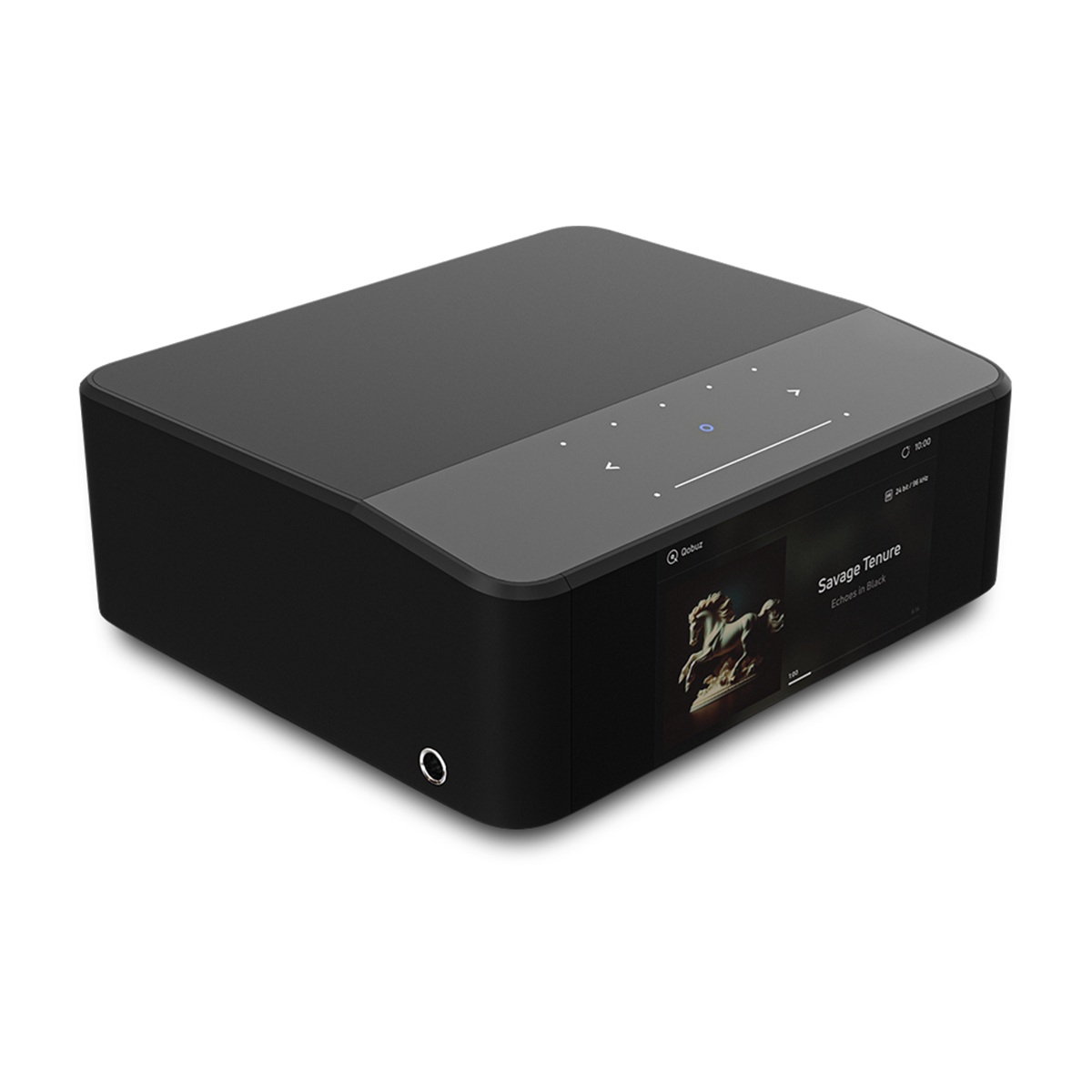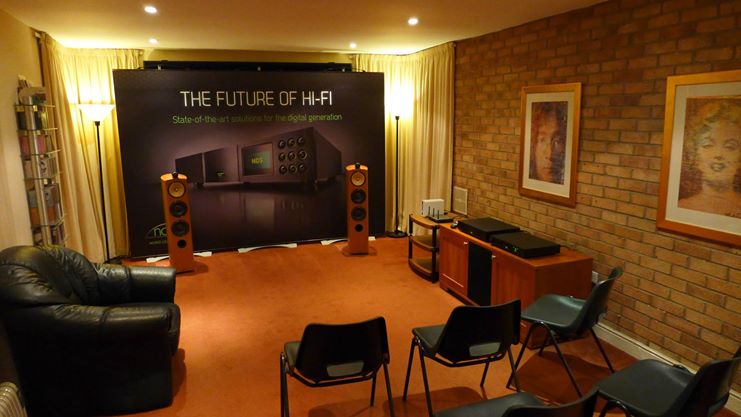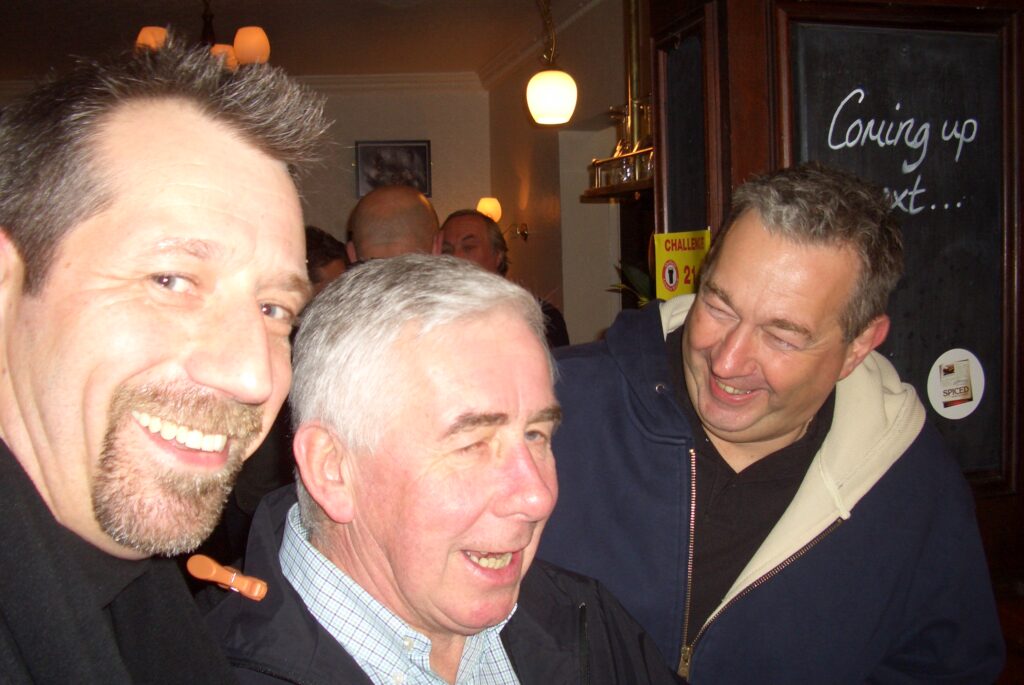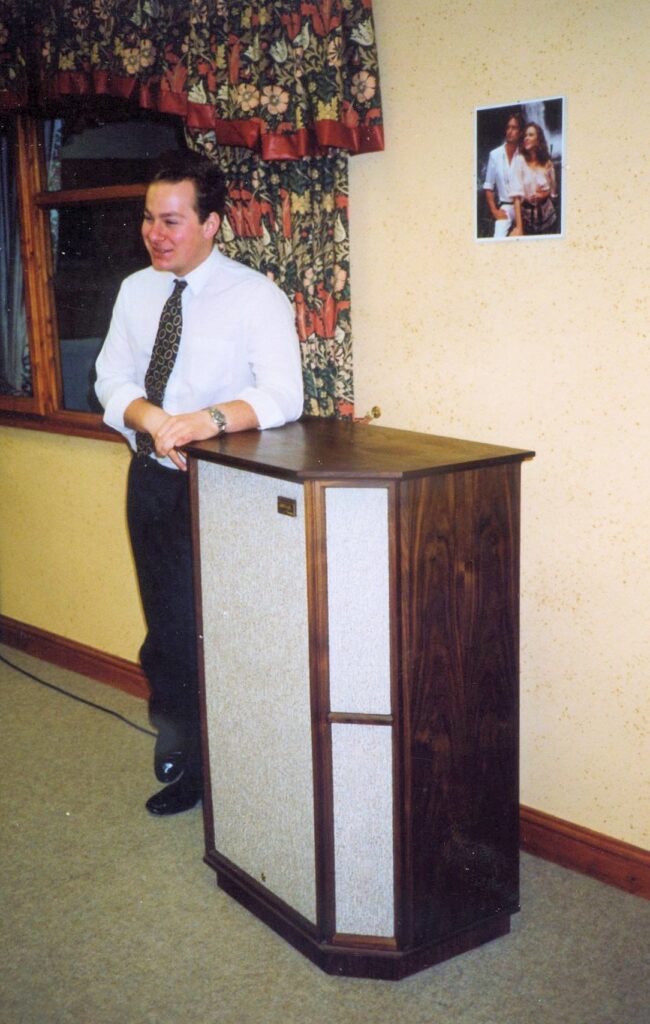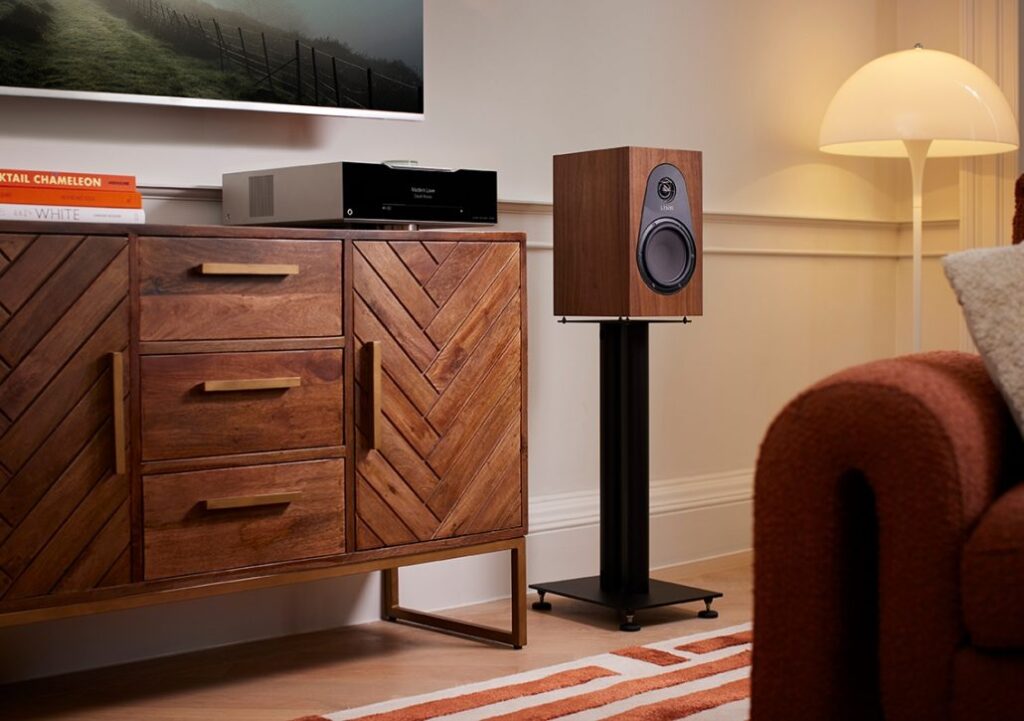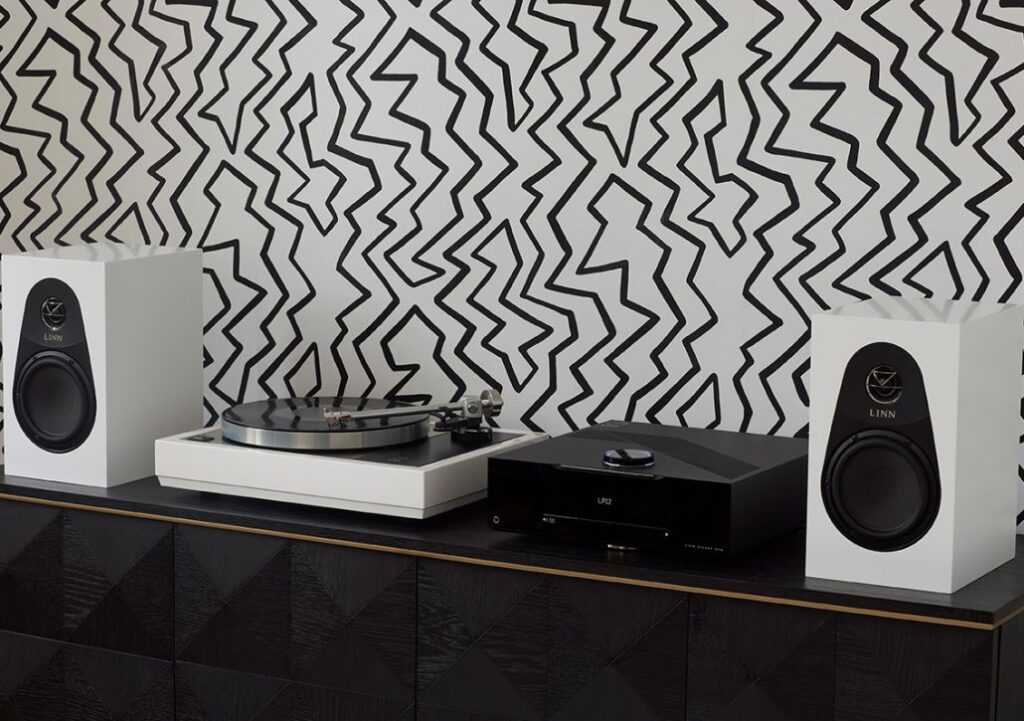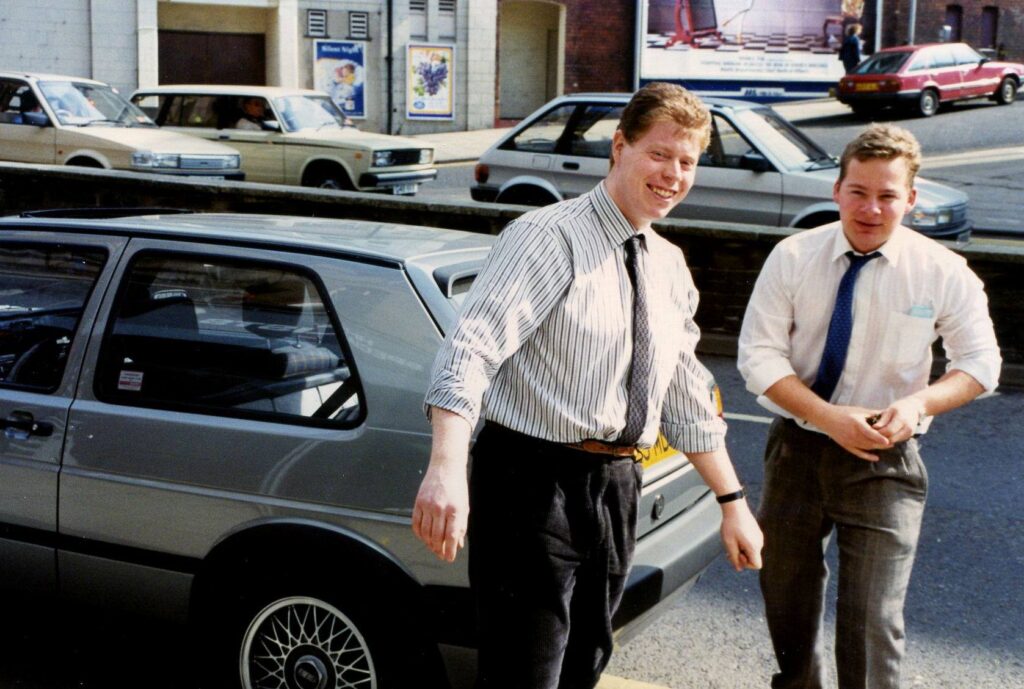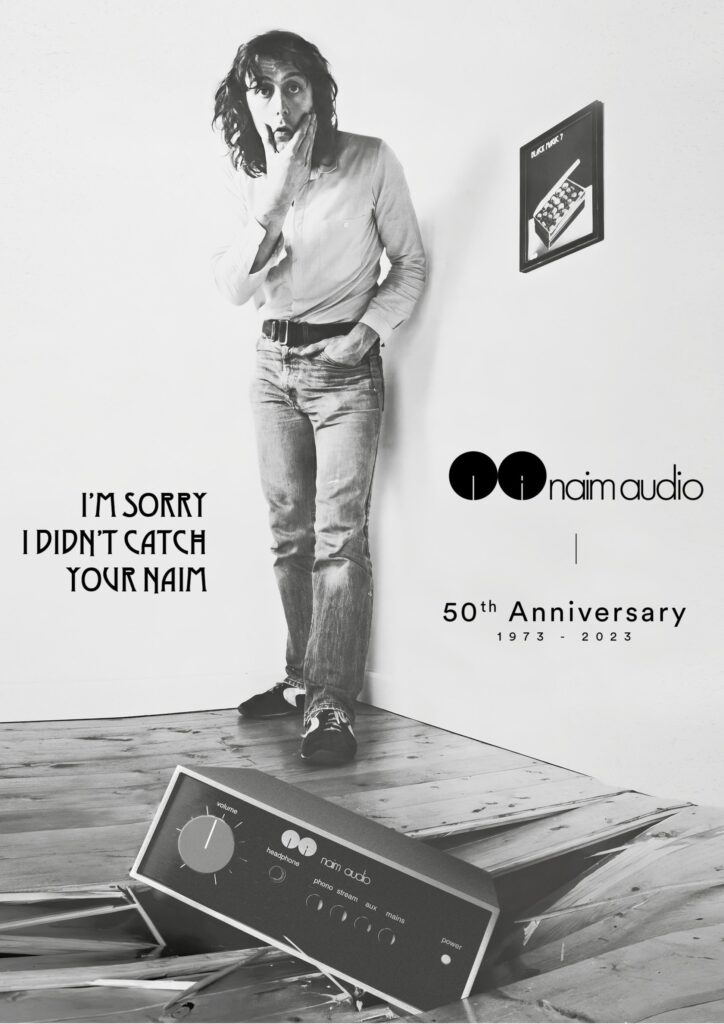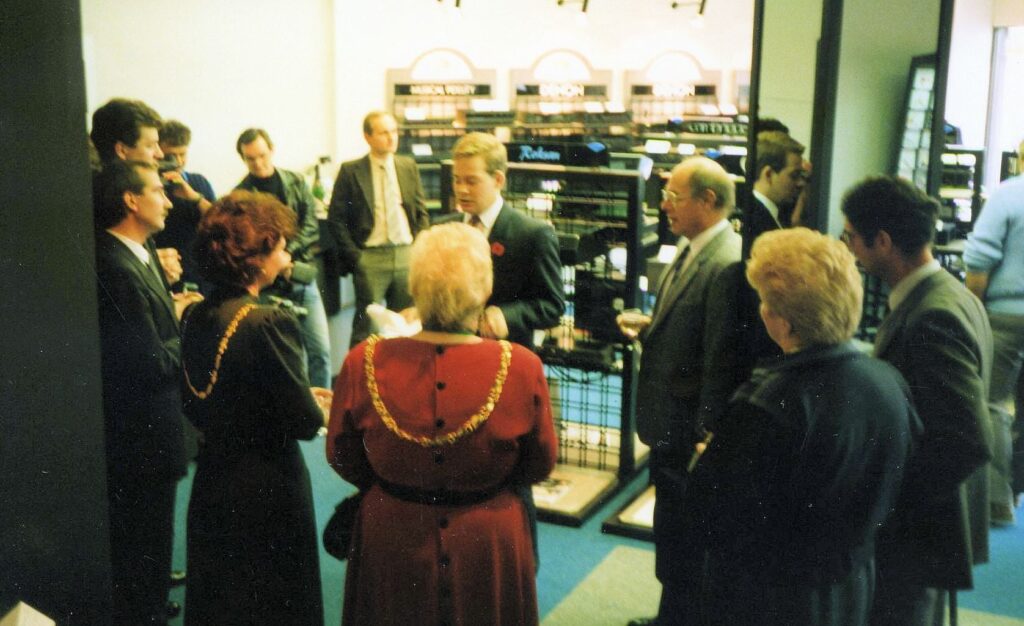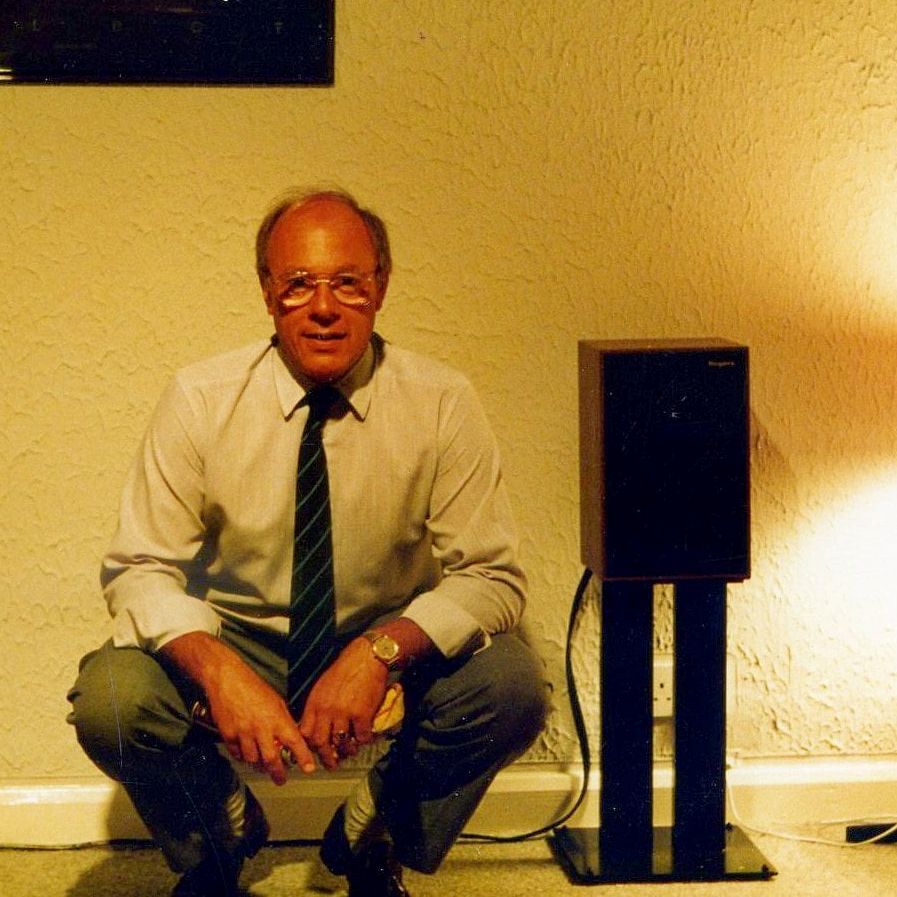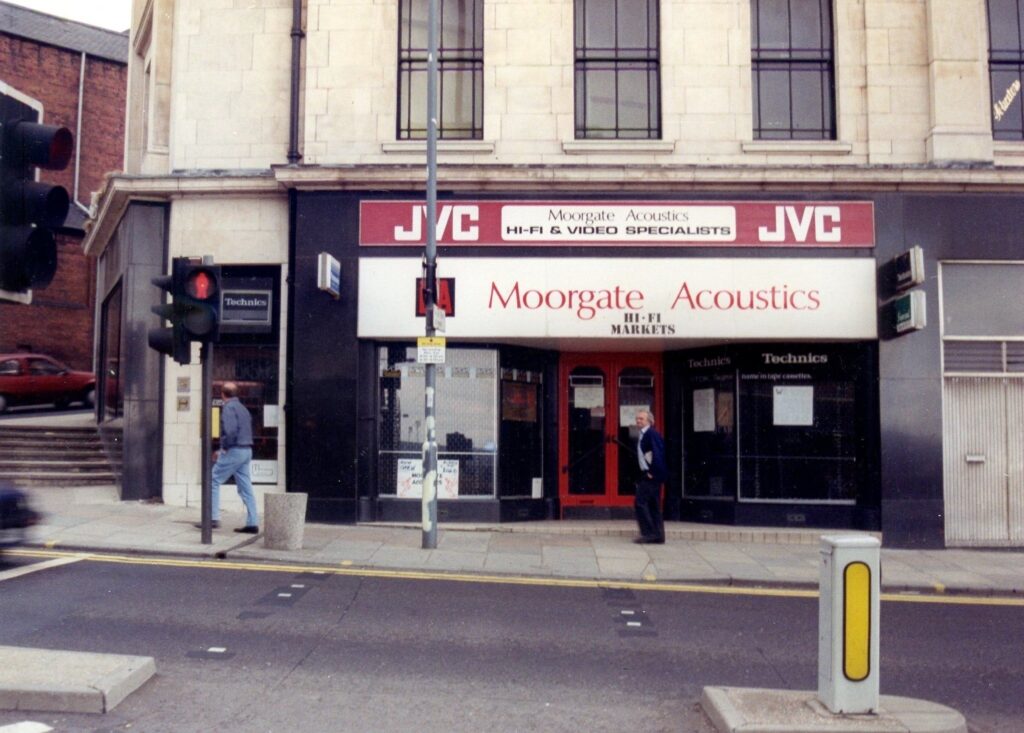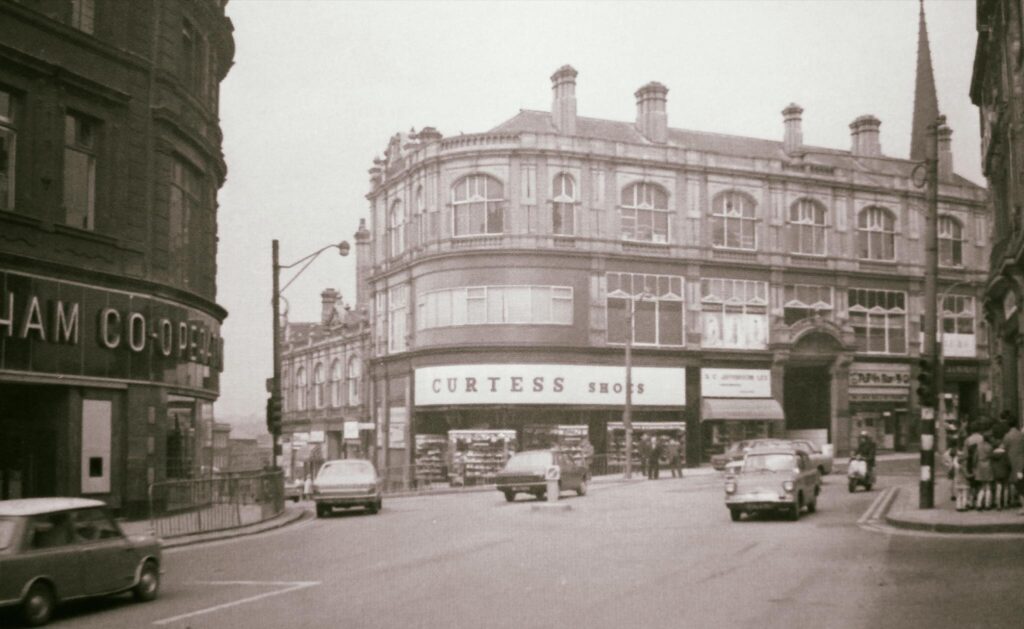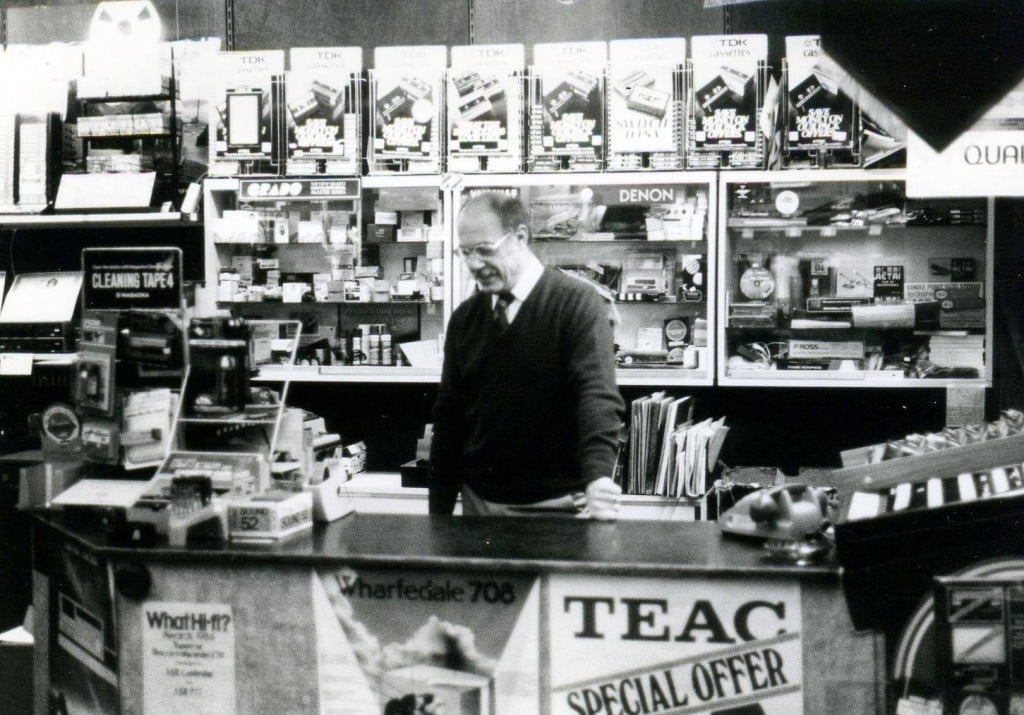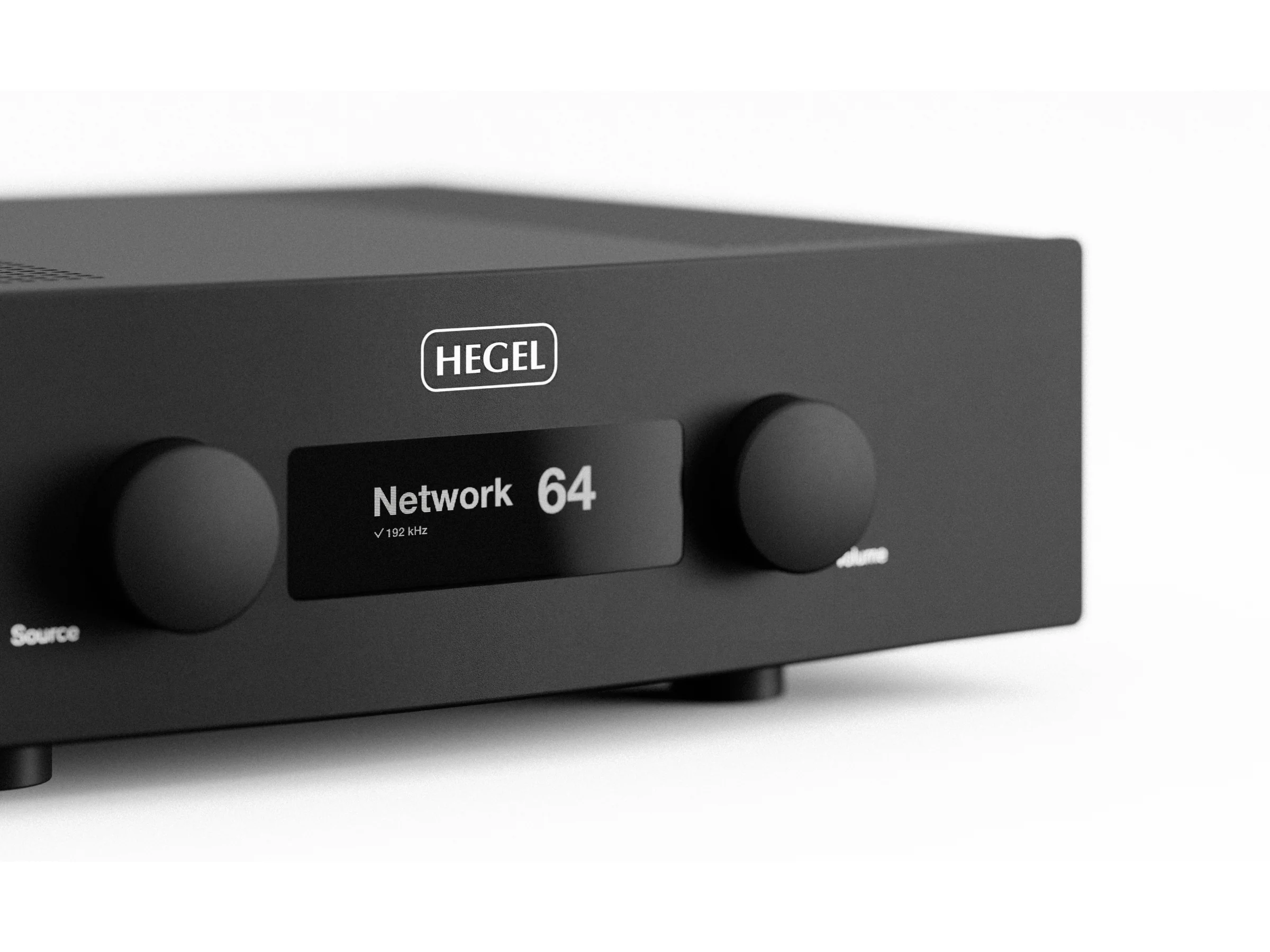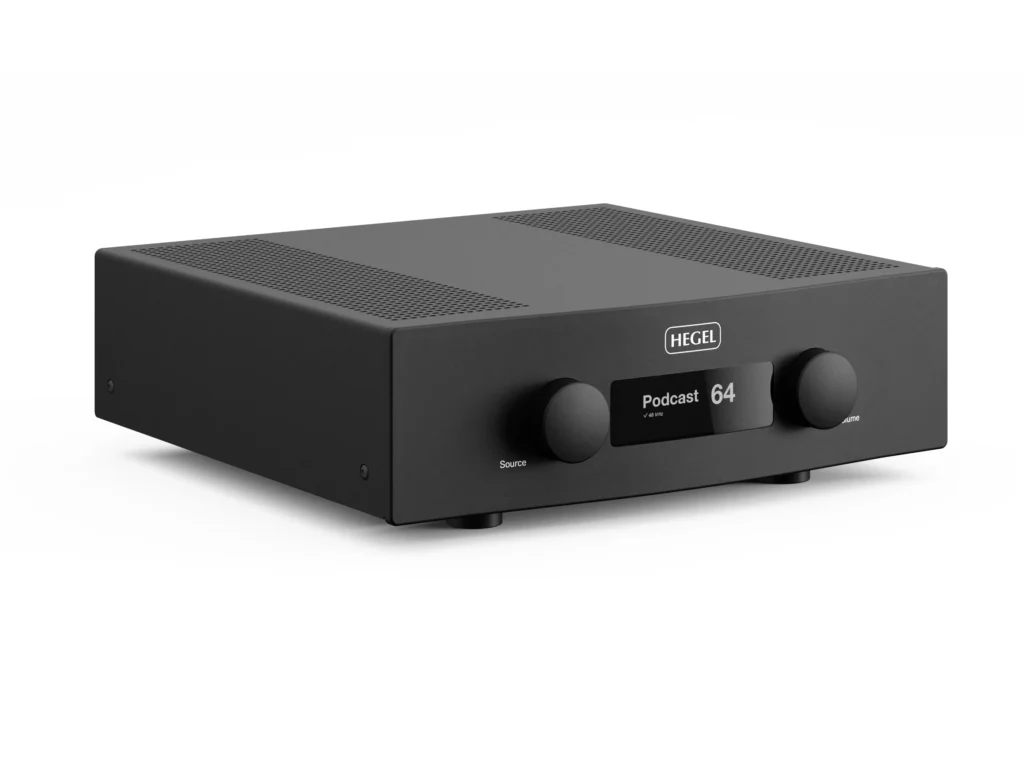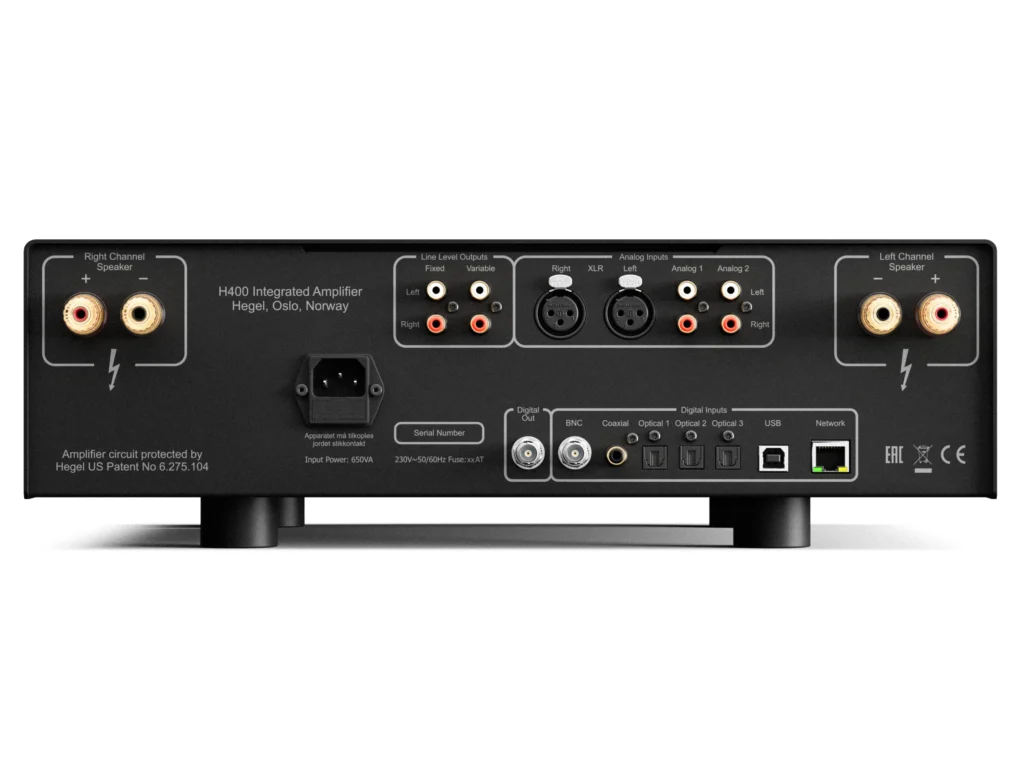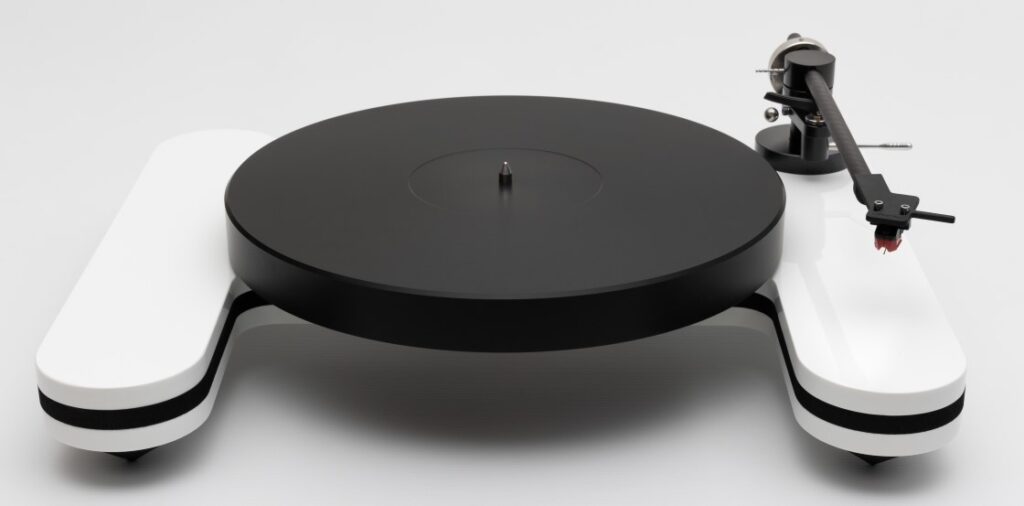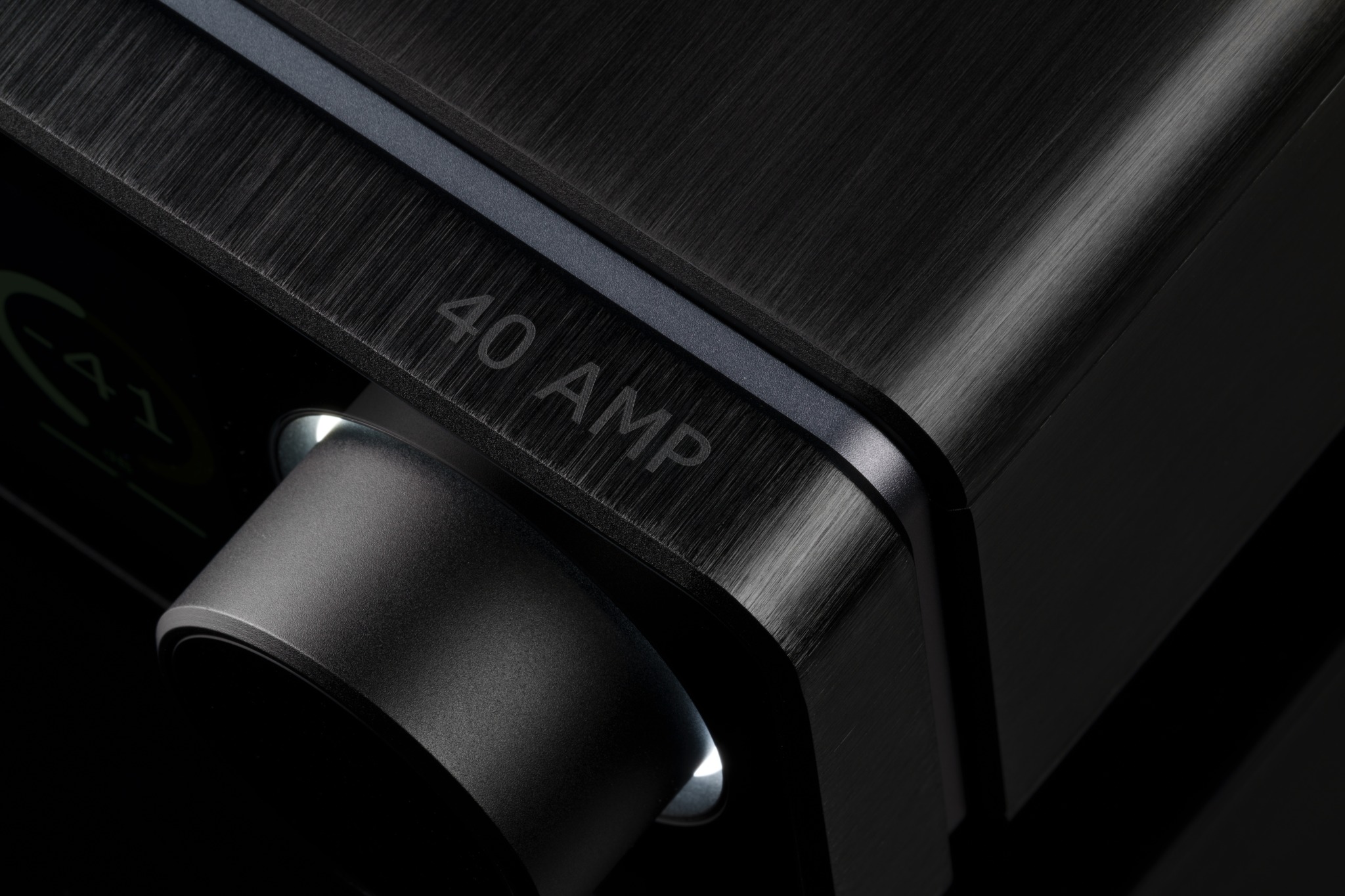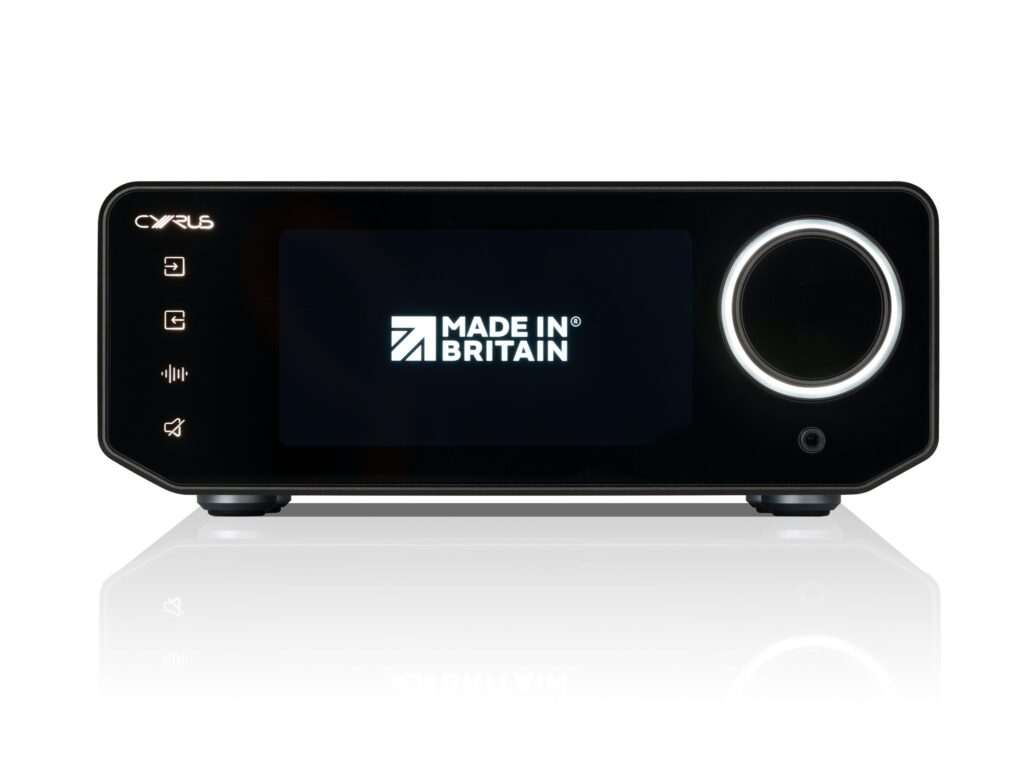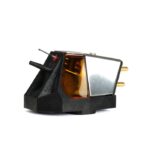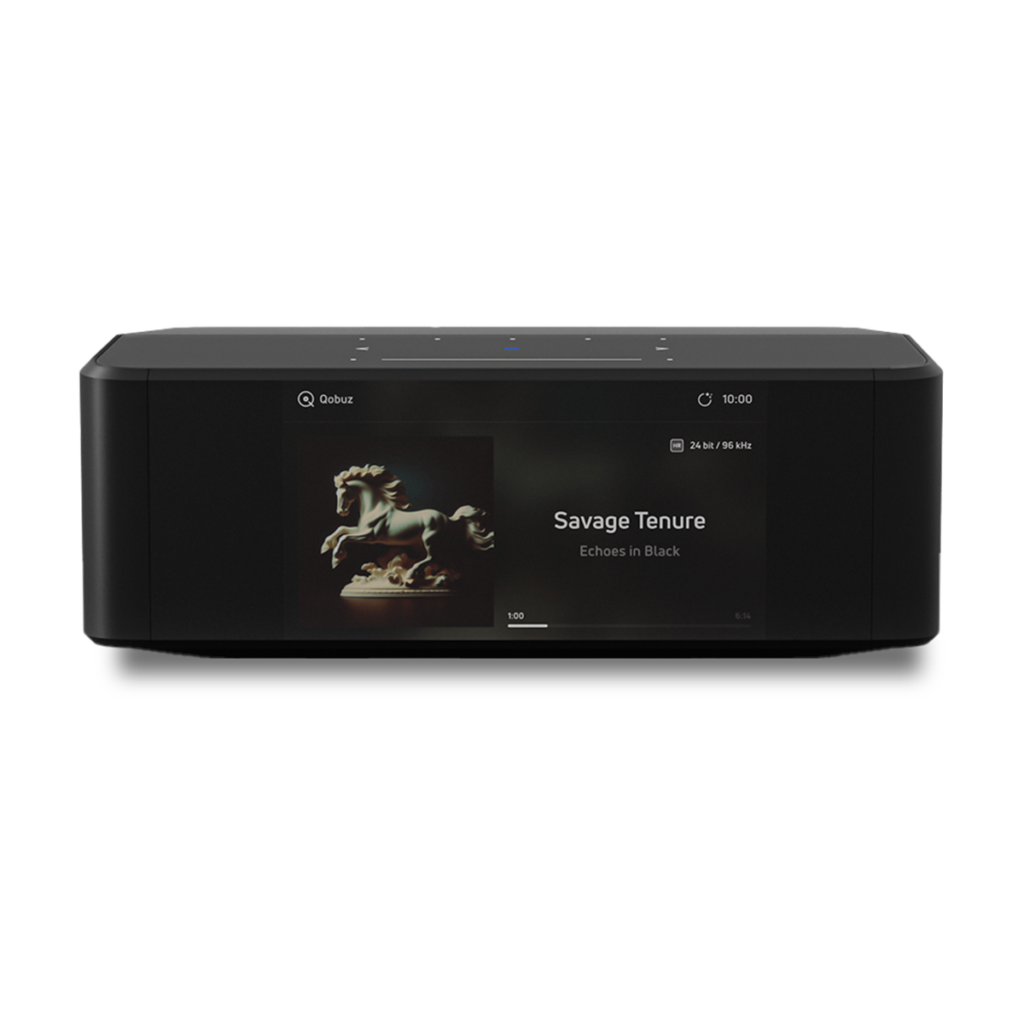
The Icon is the new flagship streamer from Bluesound and it will join our range soon. We know it will retail for £899 and here's what else we know.
The NODE ICON is a flagship wireless music streamer, designed for the audio obsessed. With its sleek aluminum chassis, and vibrant 5” full-color display, it sets a new benchmark for wireless music streamers. Seamlessly connect it to any premium amplifier, powered speakers, or headphones, and enjoy BluOS hi-res streaming, Apple AirPlay 2, THX AAA™ technology, and more. HDMI eARC, Dolby Digital, and Dirac Live* ensure an immersive audio experience for music and TV.
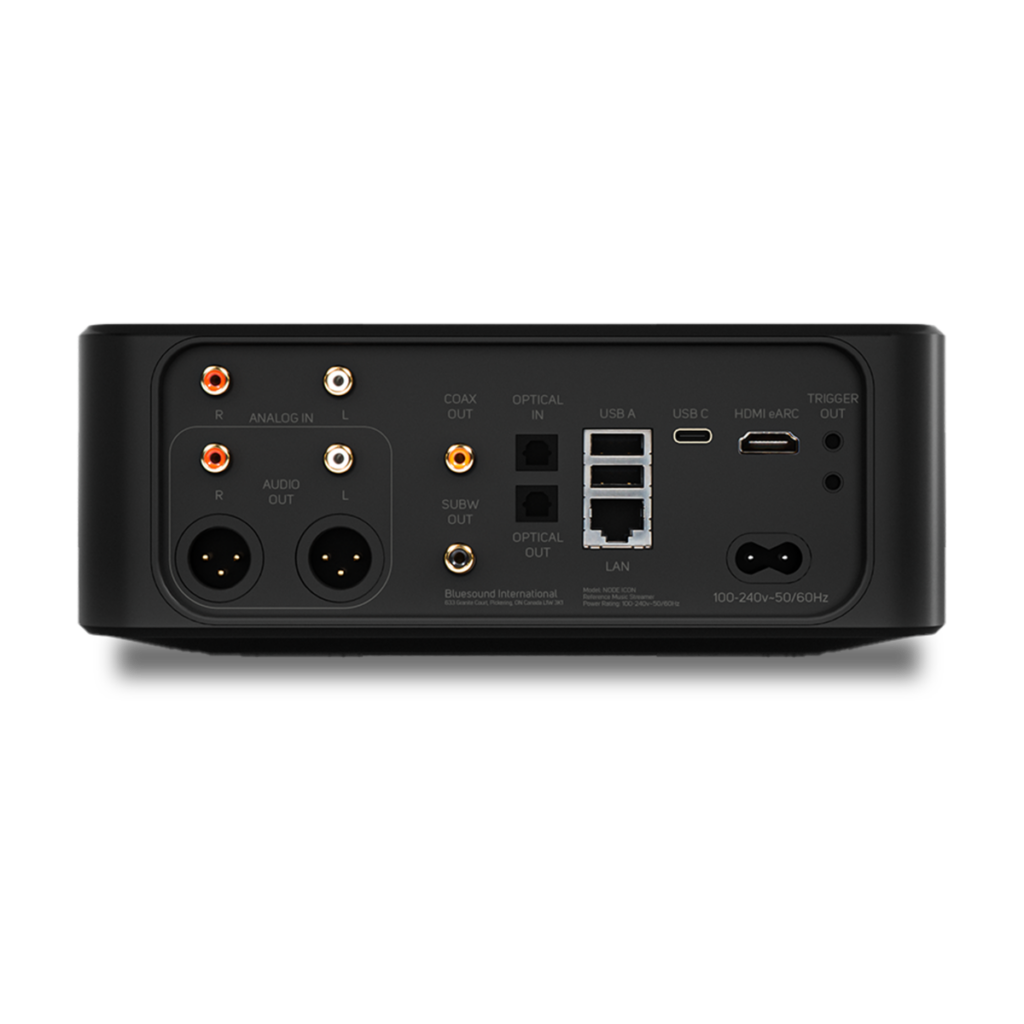
- Dual-mono DAC design with 2 x ESS Sabre ES9039Q2M DAC
- THX AAA™ headphone amplifier technology with 2 x 1/4" jacks for cable management
- High-quality balanced XLR outputs
- HDMI eARC, optical, analog and USB-C inputs
- RCA, coax, optical, USB outputs
- Apple AirPlay 2 and aptX Adaptive Bluetooth*
- Dirac Live Ready*
- Beautiful 5” full-colour HD display and backlit touch panel with presets and controls
*Available via future software update
We're excited to hear it and will report back. We expect it to be good and it is priced very well for the claimed performance and specs.
Node (2024)
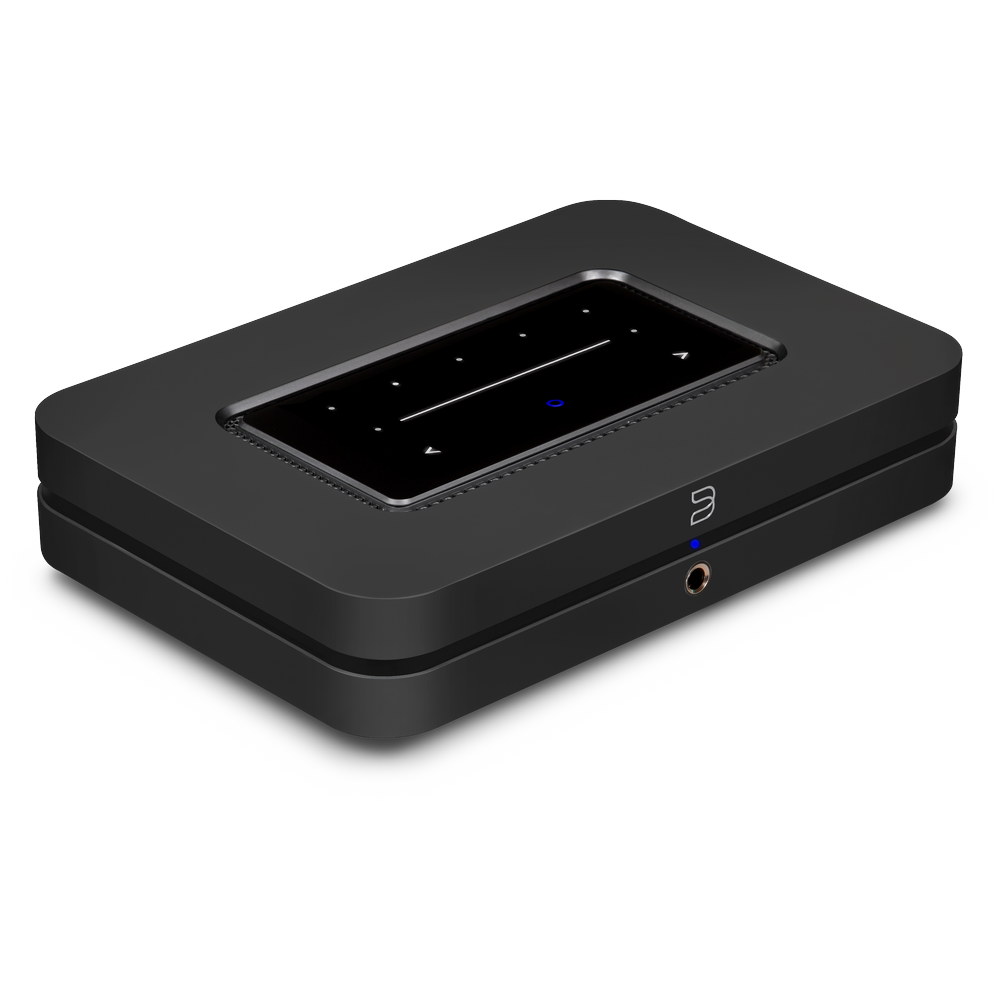
At £499 this is the tried and tested Node that we all love. It's earned some subtle improvements and a full sized headphone socket. It is a great way of adding streaming to your existing hi-fi system and does everything you might want. At the heart of this experience is a superb app. I can't state enough how important this is to your streaming experience and Bluesound have it right.
Simply put, there is nothing like the NODE. With re-engineered components and circuitry for even better performance, the original wireless hi-res music streamer now features built-in THX AAA™ headphone technology, DSD playback, and more. Connect it to your stereo system and stream music, radio, podcasts, and more from popular streaming services or your personal library. With HDMI eARC, Dolby Digital decoding, and Apple AirPlay 2, the NODE is at the core of your home audio experience, with the flexibility to wirelessly connect to Bluesound Players for seamless multi-room music throughout the home.
- ESS ES9039Q2M SABRE® DAC
- Quad-core 1.8GHz ARM® Cortex™ A53 processor
- THX AAA™ headphone amplifier technology
- Full-sized 1/4″ (6.3mm) headphone output
- HDMI eARC, Optical inputs
- Dirac Live Ready*
- Five programmable quick-touch presets
- User interface with proximity sensor
- AirPlay 2 integration
- Spotify Connect + TIDAL Connect
*Available via future software update
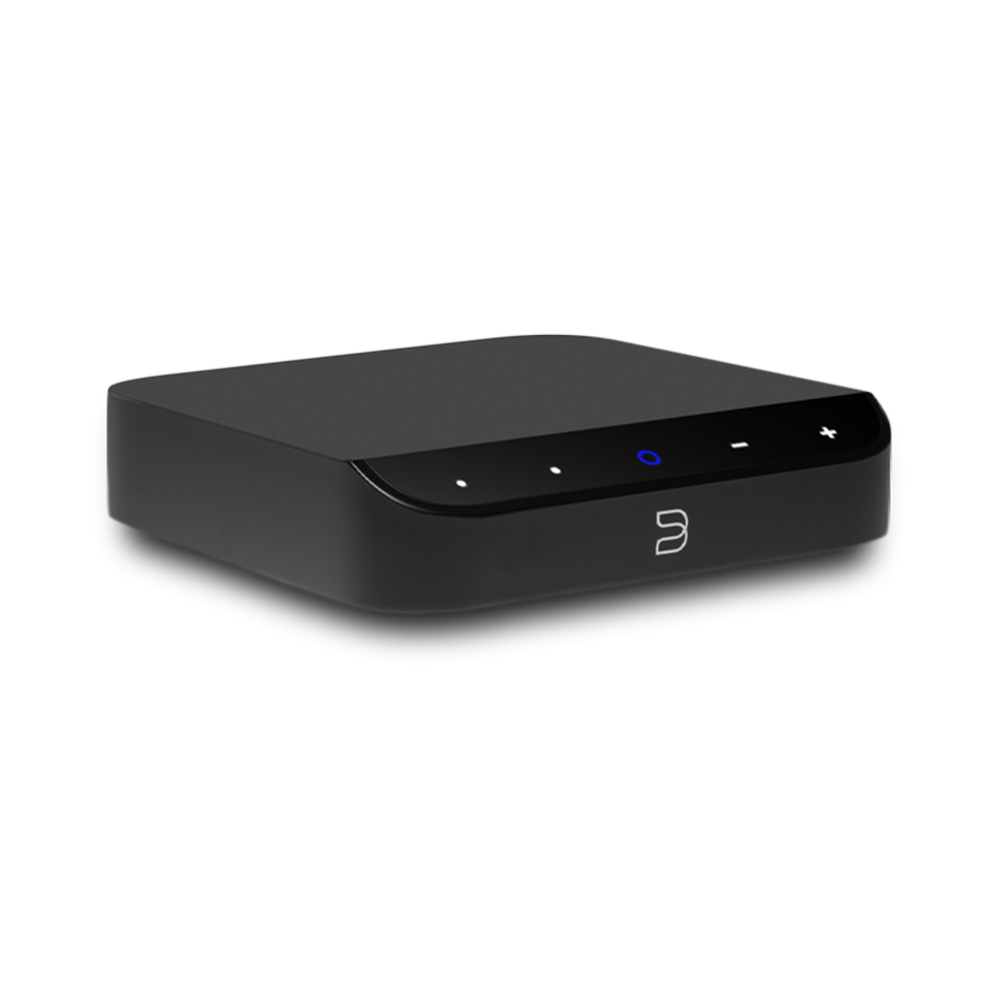
Node Icon is an affordable introductory streamer but it's no slouch in terms of price and performance. And it does absolutely everything you could want. Just add an amp and speakers, or even a soundbar and you're away. £299
Upgrade your stereo system effortlessly with the NODE NANO. Just connect to Wi-Fi and start streaming music, radio stations. Experience audiophile-grade sound with the industry-leading ESS SABRE® DAC, supporting audio up to 24-bit/192kHz for exceptional clarity. ESS ES9039Q2M SABRE® DAC Stereo RCA output Optical, coaxial, and USB outputs 2 programmable quick-touch presets Quad-core 1.8GHz ARM® Cortex™ A53 processor DSD playback* AirPlay 2 integration Spotify Connect, TIDAL Connect, Roon Ready Two-way aptX™ Adaptive Bluetooth* *Available via future software update
Both the Node and Nano are in stock now and available here;
https://moorgateacoustics.com/product/bluesound-node-2024-model/
https://moorgateacoustics.com/product/bluesound-node-nano-new/
Both are now on demo. We have lots of alternatives and we can easily demo them and explain what they do. We can take the tech out of it and play you some music.
